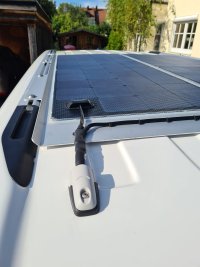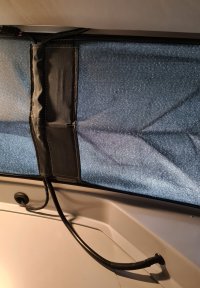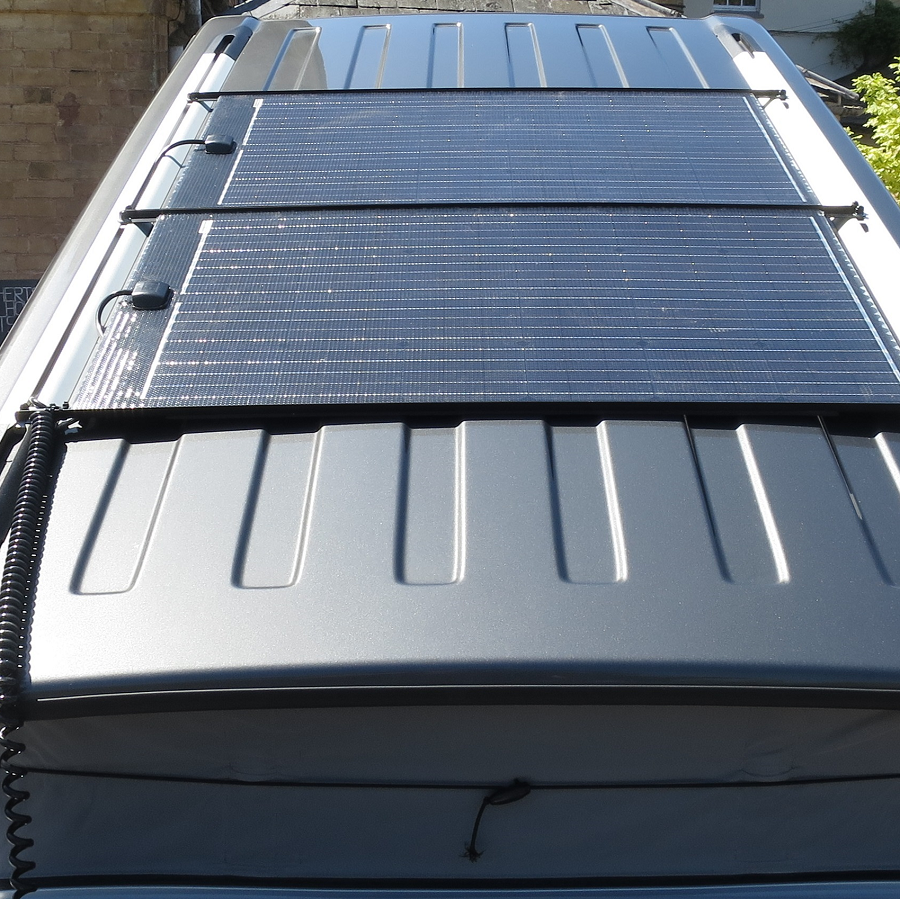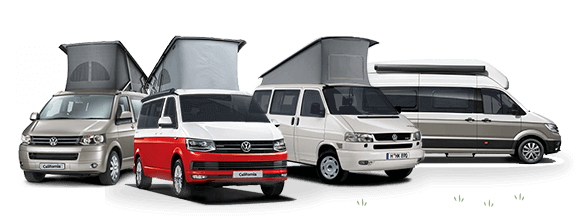D
Dave Packer
- Messages
- 8
Hi anyone help with what solar panel size I would need (on roof) to keep fridge going / topped up I between charges?? And any recommended installation companies
Many thanks
Many thanks
Buy all your VW California Accessories at the Club Shop Visit Shop
many thanks for the advice. Never heard about the "thin" ones failing !!!this is a bit of a tricky questions. Solar panels output varies massively depending on cloud cover and position regarding the location of the sun. Technically a 100w panel should be capable of creating 8.3amps of power per hour, however it is unlikely you would get anything like this even in perfect conditions as much of the power is lost in the solar charge controller etc. Another thing to think about is that many of the thin semi flexible panels fail within 12 months this will be within warranty however it is a major headache as these get bonded to the van roof with high strength polyurethane based adhesive. I have been mulling over the pros and cons of solar panels for a while and the best solution I have been able to come up with is to use the solid framed type (far more reliable than the flexy ones) and mount it to a set of dedicated roof bars with a waterproof plug socket on it. This would allow you to remove the panel easily if it fails, and plug it in when needed (remember you don't need it to work whilst driving as you will be charging from your split charge relay). It also means you wont have to drill through the skin of your van anywhere or cut the pop top canvass. If this is something that interests you feel free to drop me an email or give me a ring.
this is a bit of a tricky questions. Solar panels output varies massively depending on cloud cover and position regarding the location of the sun. Technically a 100w panel should be capable of creating 8.3amps of power per hour, however it is unlikely you would get anything like this even in perfect conditions as much of the power is lost in the solar charge controller etc. Another thing to think about is that many of the thin semi flexible panels fail within 12 months this will be within warranty however it is a major headache as these get bonded to the van roof with high strength polyurethane based adhesive. I have been mulling over the pros and cons of solar panels for a while and the best solution I have been able to come up with is to use the solid framed type (far more reliable than the flexy ones) and mount it to a set of dedicated roof bars with a waterproof plug socket on it. This would allow you to remove the panel easily if it fails, and plug it in when needed (remember you don't need it to work whilst driving as you will be charging from your split charge relay). It also means you wont have to drill through the skin of your van anywhere or cut the pop top canvass. If this is something that interests you feel free to drop me an email or give me a ring.
About here ... although if doing it again I'd go another few cms towards the rear.best entry point on a california ocean pop up roof to drill hole for cable ??
Do you still fit solar panel on top of the roof ??
I take it there must be a flexible cable to faciliate the roof going up an down ,
Just looking into buying one .
And should it cause any issues drilling hole in roof ? would have thought not as only small hole


No need drill. Hole ??There’s no need to drill a hole!
feed the cable in from the roof, through the back of the wardrobe and into the rear leisure battery.
No need drill. Hole ??
The solar panel os
on top of roof ,
I can't picture how wire can get from top metal roof to the inside with drilling .
We're does it run ?
Thanks. Sounds quite straight forward im practical person being a plumber of 40 years , sure i can do it once I no what's what .Feed it through the rear hatch in the gap next to the hinge, that’s the very easy bit. Next, using a guide wire from the leisure battery housing connect the wire to it and run it behind the wardrobe. Easy.
Definitely no drilling required.
Thanks Paulto scroll just up california ocean shows image were he drilled hole in roof , so he did not need to drill roof then ?
Have look imaged he posted ?
So you only connect to one leisure battery then ?

There are those on here much more qualified to answer your question accurately but my experience of staying off grid and using fridge, lights and heater are as follows. I spend more time in Europe where the weather is generally better, sunnier and therefore easier to run a fridge, open and close the roof and run lights than it might be in the UK. In my opinion it would not be possible to last 7 days just using leisure batteries.Thanks all for advise .
Just seems bit confusing with so many systems companys selling it .
So for off grid for 7 days , which system would I need to run , fridge , lights , heater , during autumn / winter ?
Would I need one solar panel or 2
Any guidance appreciated .
Heater not used in day maybe couple hours a day.
The VW California Club is the worlds largest resource for all owners and enthusiasts of VW California campervans.

